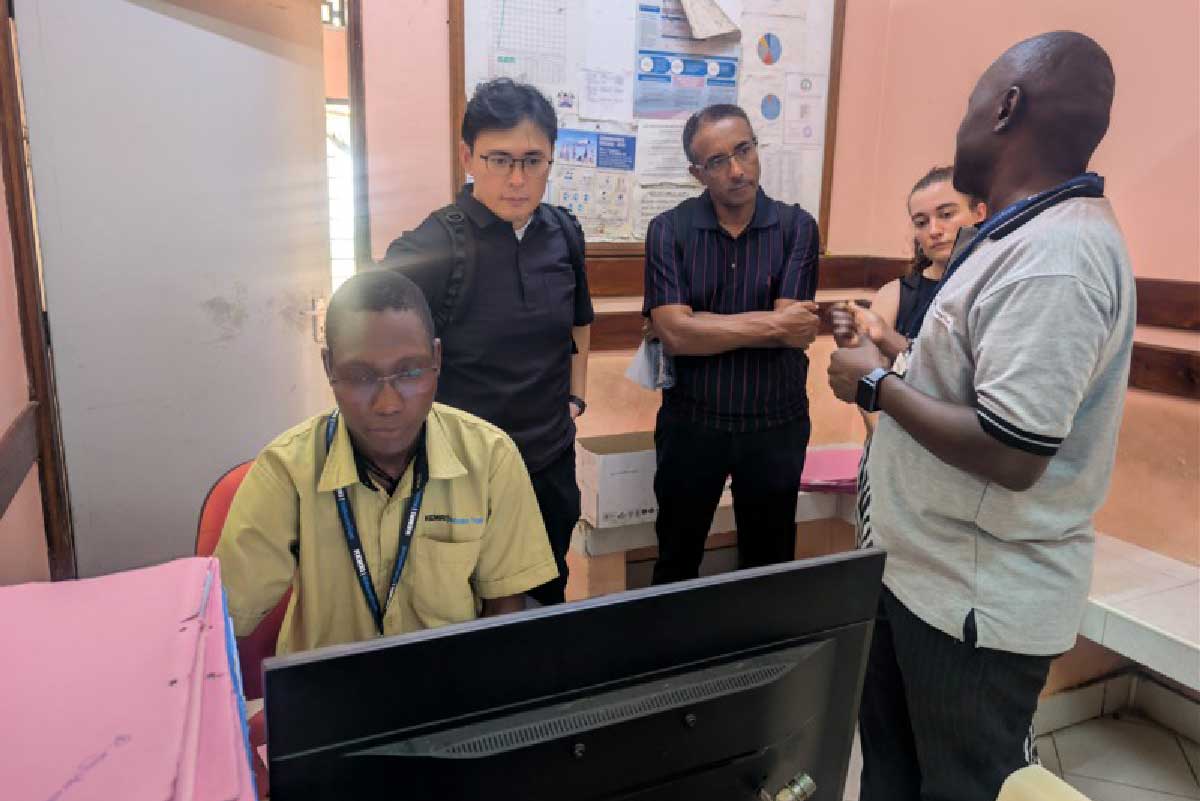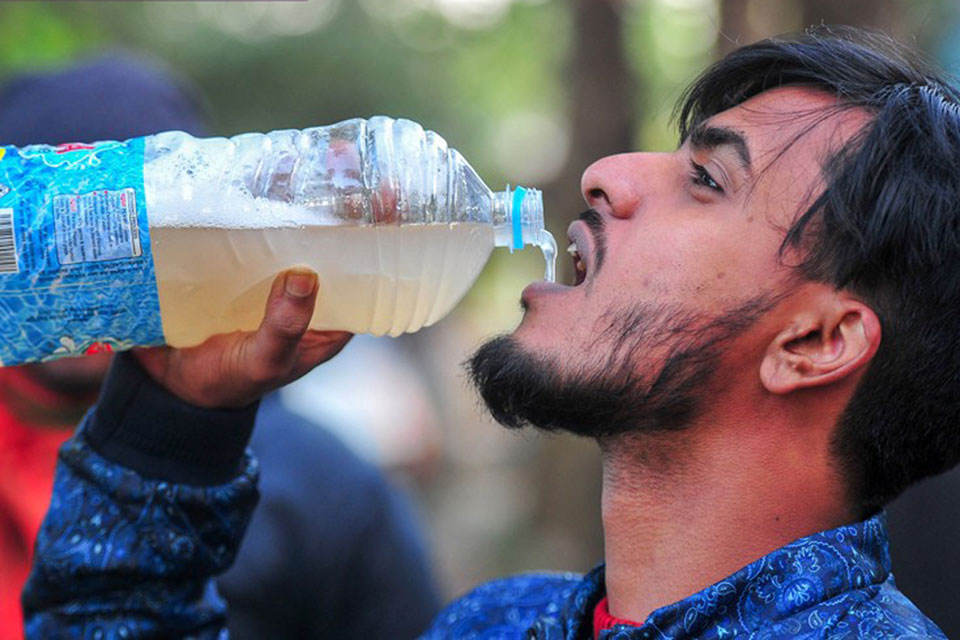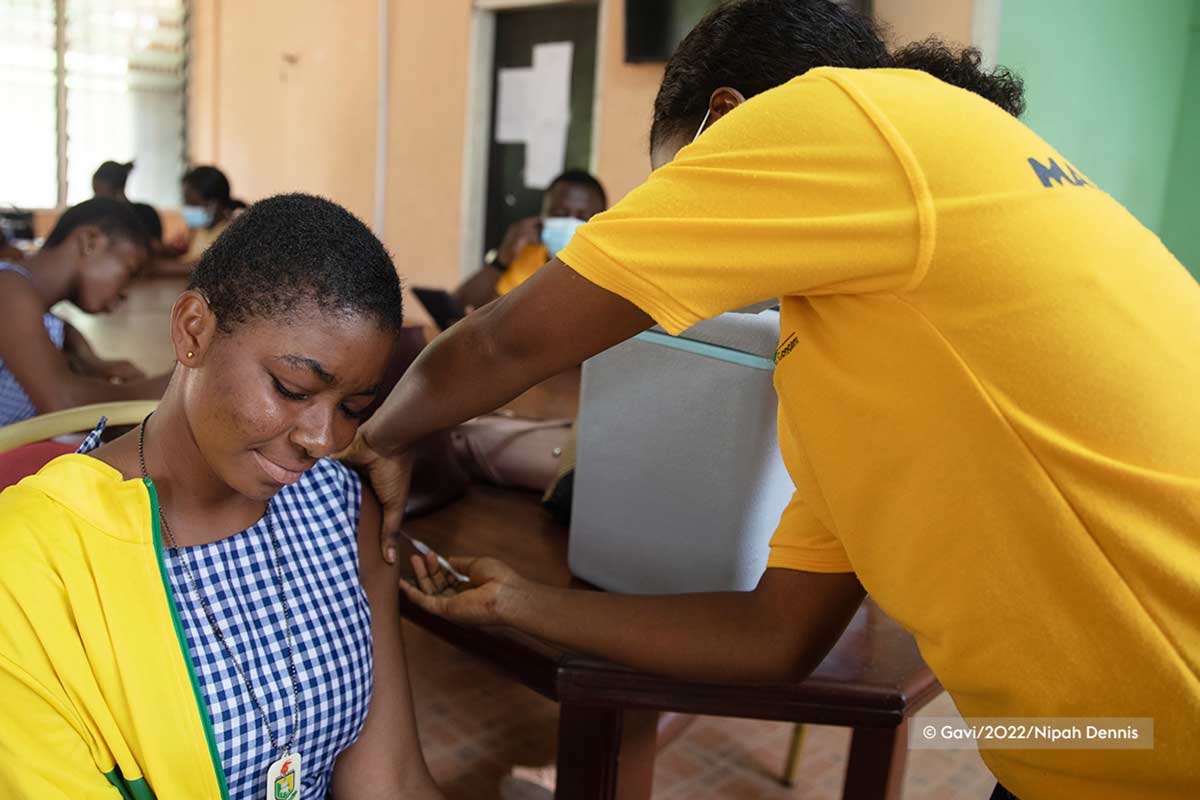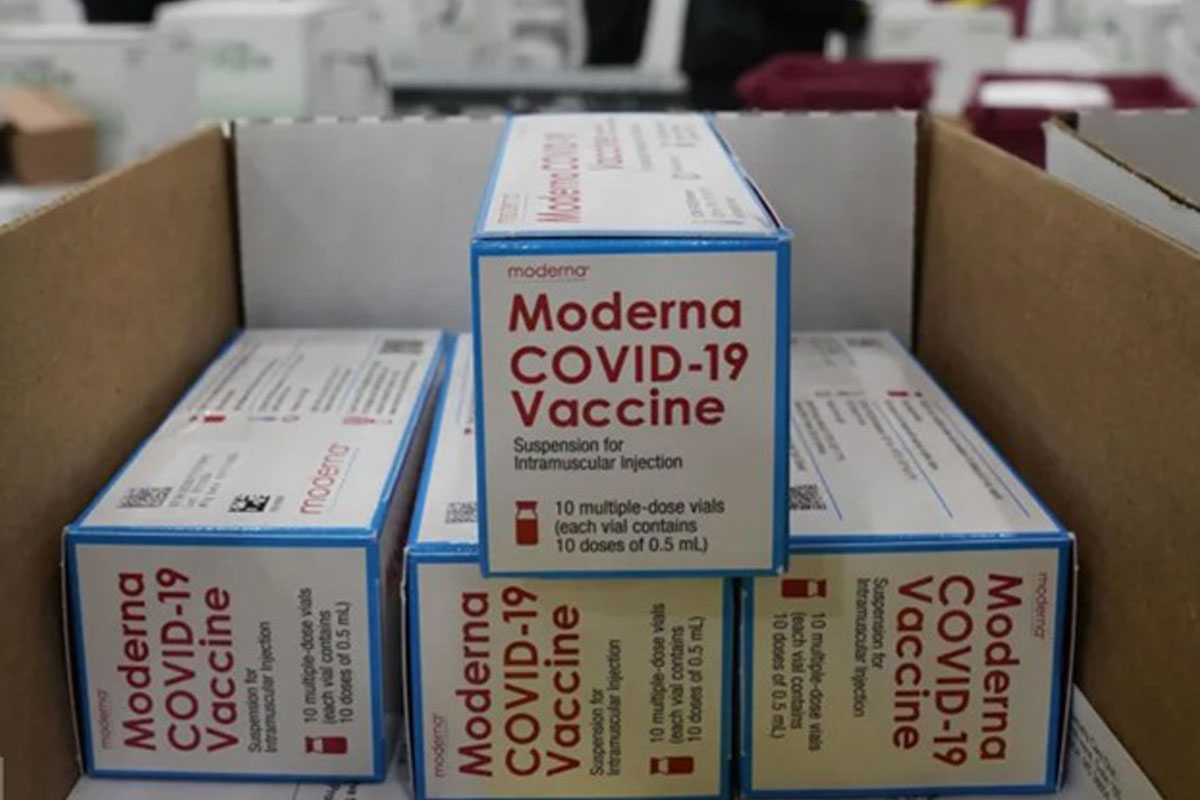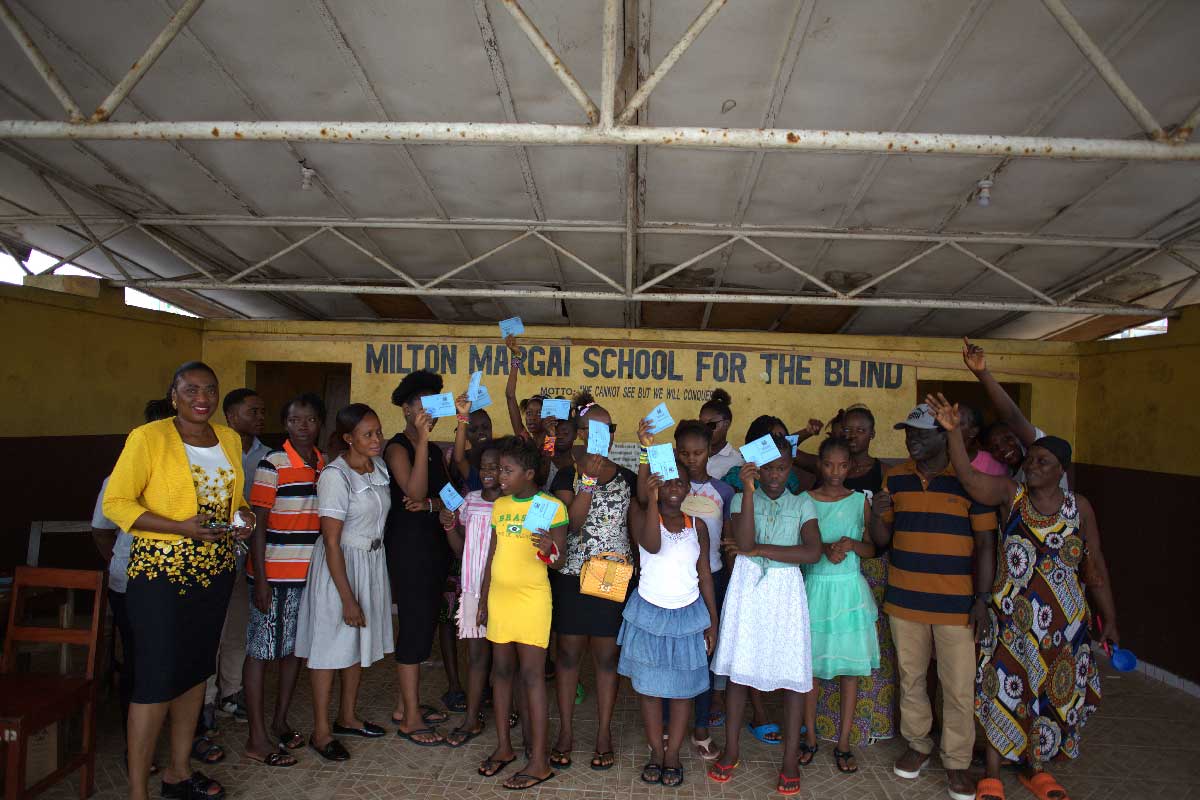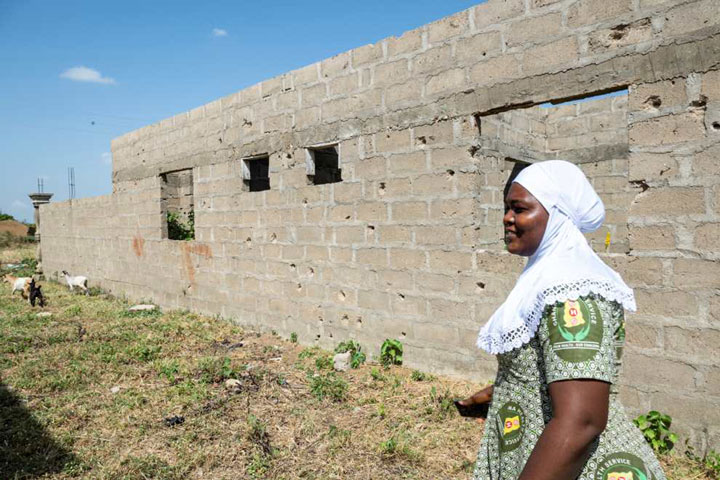Why we need a “portfolio approach” to COVID-19 vaccine development
Most vaccine candidates in early development fail: this is the stark reality of vaccine development.
- 20 October 2020
- 5 min read
- by CEPI
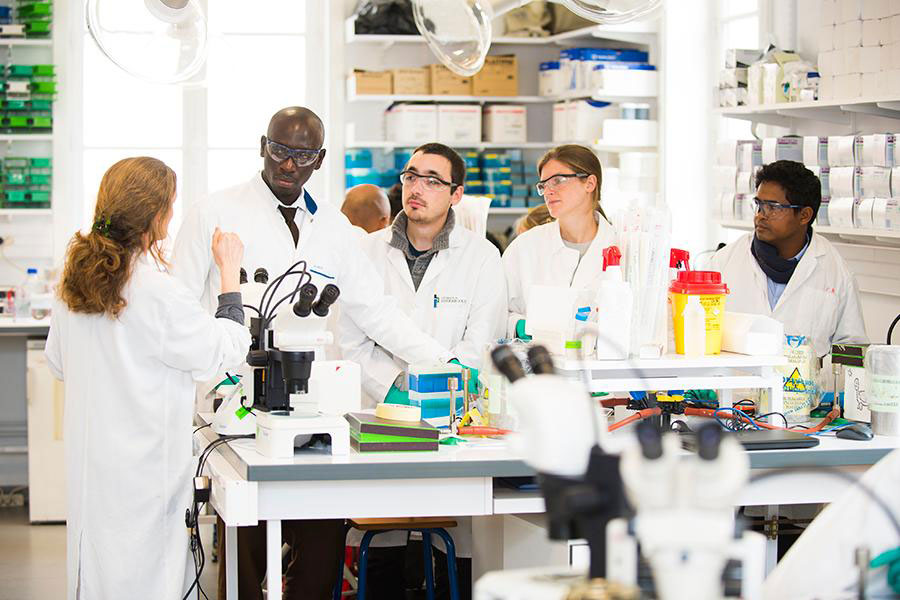
Original article
This article was first published by CEPI on 28 September 2020.
Most vaccine candidates in early development fail: this is the stark reality of vaccine development. It is a costly and complex process, which historically takes 10 years or more and requires hundreds of millions of dollars of investments to progress each vaccine candidate through to licensure. Hundreds of skilled, closely coordinated, vaccine experts are also required. But developing safe and effective vaccines is our exit strategy from the devastation of the COVID-19 pandemic, so the business as usual approach to vaccine development is woefully inadequate.
The need for a portfolio approach
CEPI responded swiftly to the threat of the pandemic, making its first investments in potential COVID-19 vaccines just weeks after the genetic sequence for the virus was made public. In the space of just 8 months, CEPI has built one of the largest and most advanced COVID-19 vaccine portfolios in the world, comprising nine promising vaccine candidates (eight of which are already in clinical trials).
Our portfolio is deliberately diverse, composed of different types of vaccine candidate – from mRNA and DNA vaccines to recombinant protein vaccines and viral vectors. This is crucial because it makes sure that all of the vaccine candidates do not share the same risks of failure. As we progress through the vaccine development and manufacturing process, it’s impossible to predict which vaccine candidates or technologies might fail at each stage. By investing in a wide range of vaccine technologies we are therefore ‘hedging our bets’ and increasing our overall chances of success.
Effective vaccination will be key to managing COVID-19 in the long-term, but we’ll need more than one safe and effective vaccine to achieve this goal.
There are several reasons why. Firstly, different at-risk populations may respond in different ways to a vaccine. For example, some vaccines might work well in 20-year-olds but not so well in elderly populations or in people who are immunocompromised. Secondly, adherence to vaccine regimens needs to be considered. A single-dose vaccine, for instance, is easier to deploy than vaccines which require multiple shots, especially in countries with transient populations or weaker health systems, or in high-risk environments such as refugee camps. Thirdly, distribution of some vaccines that require sub-zero storage – like mRNA vaccines – might be possible in high-income countries with established cold-chains, but can be impractical in low-resource settings without such infrastructure.
That’s why CEPI aims to progress at least three vaccine candidates through clinical trials to licensure, which is vital if we are to meet global demand and protect vulnerable populations.
“
To date, our portfolio approach has been effective. Our initial investments have helped catalyse early R&D in vaccine candidates that are now viewed as ‘front-runners’ across a range of vaccine technologies.
Nick Jackson
Head of Programmes and Innovative Technology at CEPI
Active portfolio management is key to R&D progress
In addition to portfolio diversification, CEPI also takes an active approach to the management of the vaccine candidates that it supports to maximise our chances of success.
Our decision to invest in any vaccine candidate is based on scientific promise, and our core criteria of speed, scale, and access. There’s no time to lose, so we’re looking for vaccines that can be developed rapidly. We’ll need billions of doses of vaccine to end the pandemic, so we have to be able to manufacture the product at a global scale. And crucially, we need to ensure that the COVID-19 vaccines we support are accessible to those most at risk, wherever they are in the world, because that’s the fastest as well as the fairest way to bring the pandemic to an end.
The progress of our vaccine candidates is regularly assessed against these criteria by our team of leading vaccine-development and manufacturing experts.
Our vaccine development partners also receive close support and guidance from our expert team. For instance, some of our biotech partners might require support to establish large-scale manufacturing capabilities, so CEPI uses its global networks to connect them with organizations which have available manufacturing capacity so that vaccine can be produced at scale around the globe. Examples of such partnerships include the manufacturing partnership between Novavax and SK Bio.
We constantly review the vaccine development landscape to identify the most promising candidates to invest in. CEPI currently has a rolling call for proposals, which invites vaccine manufacturers around the world to submit their funding applications for review by the CEPI R&D team.
Finally, active management entails the ongoing evaluation of lessons learned so that the development strategy is constantly improved.
Urgent need for continued R&D funding
To date, our portfolio approach has been effective. Our initial investments have helped catalyse early R&D in vaccine candidates that are now viewed as ‘front-runners’ across a range of vaccine technologies. In parallel, we’ve played a leading role – in partnership with Gavi and the WHO – in creating a global system to ensure equitable access to these vaccines around the world through COVAX.
While our COVID-19 portfolio is one of the largest in the world, we aim to further increase the number of vaccine candidates we’re investing in. In doing so, we will maximise our chances of progressing at least three safe and effective COVID-19 vaccines through to licensure.
We have raised around $US 1.4 billion of our $US 2.1 billion R&D funding needs, but we are still US$ 700-800 million short. We urgently need governments around the world to help us address this shortfall by the end of 2020, so that we can finish the job of vaccine R&D. Without it we’ll not be able to move our portfolio forwards and deliver the vaccines the world so desperately needs.
Nick Jackson
Head of Programmes and Innovative Technology at CEPI
